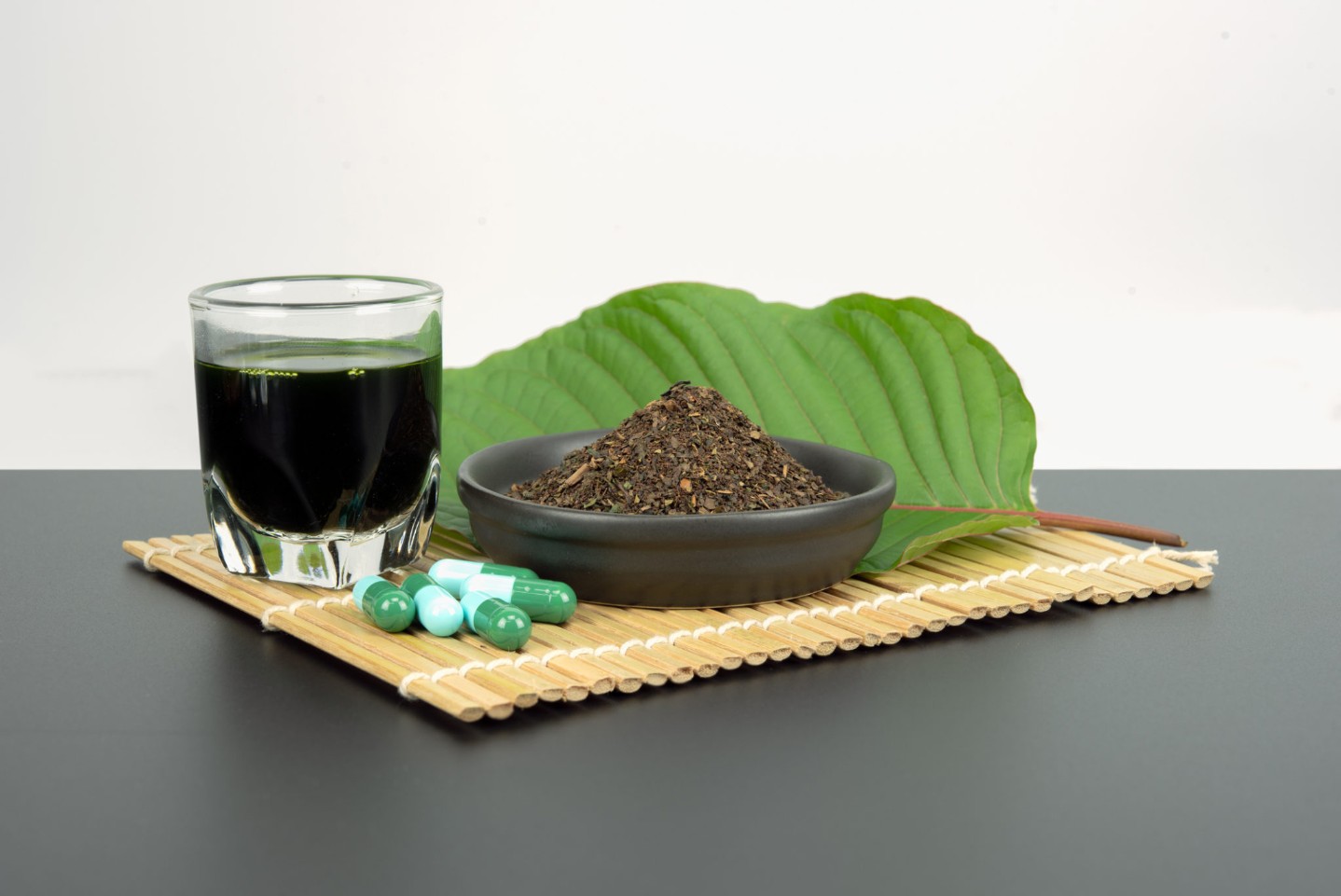More Than Just a Little Gland: Shining a Light on Thyroid Awareness Month
DEC 29, 2026Tucked away at the base of your neck, this butterfly-shaped gland produces hormones that regulate almost every process in your body.
Read More
It seems that the sale of Kratom is becoming more and more commonplace. There are many outlets that advertise and sell Kratom products such as gas stations, health and nutrition stores, and online outlets to name a few. It is touted by these places that Kratom is beneficial for improved concentration and mood, increased energy, pain relief, relaxation, improved sleep and even treatment of opioid withdrawal.
Mitragyna Speciosa (commonly known as Kratom) is a tropical evergreen tree that is primarily found in areas of Southeast Asia. The plant is technically a member of the coffee family. It has origins dating back to at least the 1800's in Africa and Southeast Asia where it was used historically in religious ceremonies and for medicinal purposes. In those cases, someone would either chew on the bark of the tree, consume the leaves in pure form, or brew a tea from the dried leaves. From a medicinal standpoint, the substance was used to help increase stamina for manual labor such as farmers, field workers and seafarers.
Like virtually all prescription and over the counter medications, Kratom has known side effects and drug-to-drug interactions. Some reported side effects of Kratom include:
It had been thought that Kratom may be a safer alternative therapy to treat opioid addiction, however studies have shown no clear benefit along with many side effects. Additionally, patients have exhibited significant opioid-like withdrawal symptoms when discontinuing use of Kratom. This has sometimes resulted in utilizing other medicines to in turn treat Kratom withdrawal.
From 2011 to 2017, Poison Control Centers have received about 1,800 reports of Kratom-related incidents, including reports of death1. High blood pressure, seizures and withdrawal symptoms have been documented in about half of these Kratom incidents.
An additional concern has been that Kratom products may be contaminated with salmonella bacteria. In April 2018 more than 300 people in 38 states became ill with salmonella following Kratom use. Salmonella infections can be deadly and the FDA has reports of at least 35 deaths attributable to salmonella tainted Kratom products.1 In many cases infection with salmonella has no obvious symptoms. The best way to prevent it is to avoid contamination.
Research has shown that Kratom use during pregnancy can have a negative effect on infant development and also lead to babies being born who exhibit symptoms of withdrawal that require treatment.
The United States Food and Drug Administration (FDA) identified Kratom as a compound of interest but had not regulated its use or distribution. Recently, the FDA has issued warnings about making false claims about Kratom’s effectiveness and has changed the compound’s designation to a chemical of concern. There is a movement within the agency to designate Kratom as a schedule I compound which would mean that, although the substance could still be used in research, there is not legitimate medicinal use and sales would be halted.
In summary, there is no controlled scientific studies that show a definitive benefit for Kratom use. Further, there are a number of side effects, risks and interactions that can occur with its use. The compound is considered “concerning” to the FDA and multiple warnings have been issued regarding the use of Kratom. Individuals who use Kratom should inform their doctor or pharmacist and discuss other options for treatment.
References:

Tucked away at the base of your neck, this butterfly-shaped gland produces hormones that regulate almost every process in your body.
Read More
Choosing correctly can save you time, money, and ensure you get the most appropriate and timely treatment.
Read More
MS is not rare. It’s estimated that nearly 1 million people in the United States and 2.8 million worldwide live with MS.
Read MoreWhen you need local health information from a trusted source, turn to the CHI Health Better You eNewsletter.